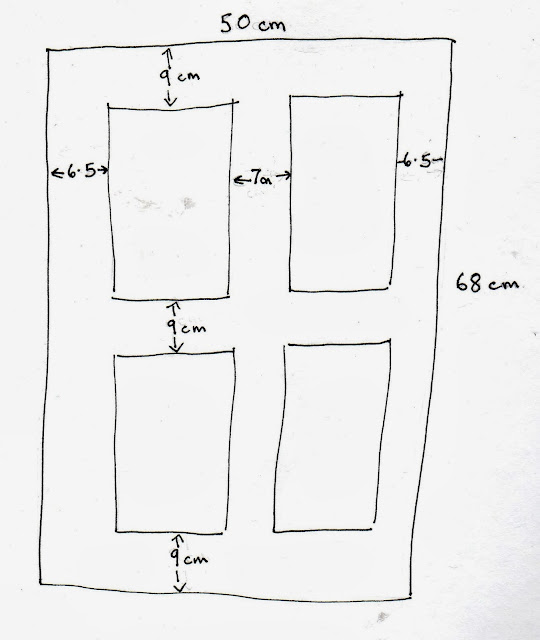I have written these thoughts as they have occurred to me. This has been such a new, busy experience that I didn't want to get to the end of Part 2 and find I'd forgotten things.
I began Part 2 from the very, very basics. I knew nothing of the screen printing process and it took me ages to decide what sort of ink/paint to buy. I was very apprehensive.
I chose Selectacine dyes from George Weil but then bought some Procion. This offered two different ways of working. The Selectacine sits on the fabric and the Procion goes into it.
I began Part 2 from the very, very basics. I knew nothing of the screen printing process and it took me ages to decide what sort of ink/paint to buy. I was very apprehensive.
I chose Selectacine dyes from George Weil but then bought some Procion. This offered two different ways of working. The Selectacine sits on the fabric and the Procion goes into it.
I'm getting better at applying the paint although I sometimes still get it too thick.
Over the time I've been working my confidence has increased and I've produced some work I'm pleased with particularly the vilene prints and the Corn Exchange roof.
Part 2 has been about developing technique and getting to know the materials and I've felt inclined to play around and get some experience.
Each piece I've done has presented some new problems to solve; there's been little time for consolidation.
My attempt at printing striped tea towels with too complex a design was a great learning experience. I often find I learn more from the failures than I do the successes.
Although my grids and stripes bit the dust my vilene print tea towels were much more successful and I enjoyed doing them.
The discharge printing was less to my liking but I can see that it is a useful tool to have in the kit bag.
I experimented with deconstructed screen printing and was amazed by it. If time permits I'd like to try this again.
Sometimes I think that having no preconceptions is liberating; if you don't know the rules you aren't constrained by them.
The successful use of these techniques in the production of items depends very much on the process being predictable and repeatable. To date I haven't the experience to know what the outcome might be. I need lots more practise.
Although my grids and stripes bit the dust my vilene print tea towels were much more successful and I enjoyed doing them.
The discharge printing was less to my liking but I can see that it is a useful tool to have in the kit bag.
I experimented with deconstructed screen printing and was amazed by it. If time permits I'd like to try this again.
Sometimes I think that having no preconceptions is liberating; if you don't know the rules you aren't constrained by them.
The successful use of these techniques in the production of items depends very much on the process being predictable and repeatable. To date I haven't the experience to know what the outcome might be. I need lots more practise.
I feel I've come a long way in Part 2 and I've not finished yet.























































